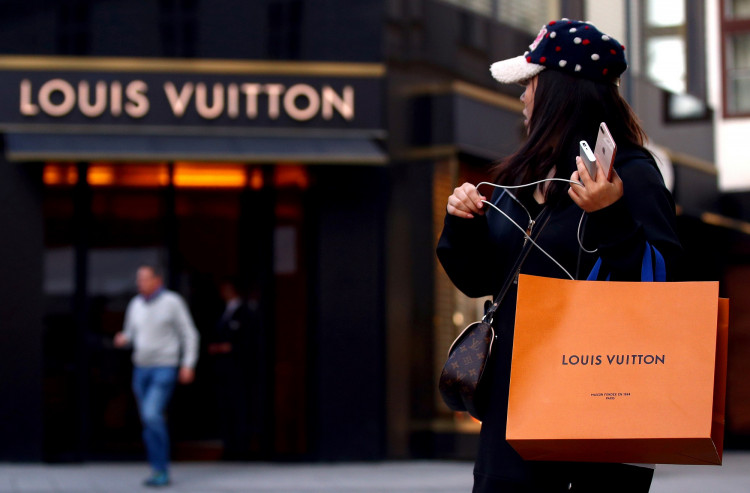On October 24, Kering Group released its Q3 2023 financial report. For the three months ending September 30, sales fell 13% year-over-year to €44.64 billion, a 9% decline when adjusted for fixed exchange rates. In the first nine months of 2023, Kering Group's cumulative sales decreased by 2% compared to the previous year.
The decline was across the board.
Gucci, the group's flagship brand, saw its sales drop 14% year-over-year in the third quarter to €22.17 billion, a 7% decline at fixed exchange rates. In the first and second quarters, the brand's sales had grown by 1% and decreased by 1%, respectively. In Q3, Gucci's sales fell in Europe, the Americas, and the Asia-Pacific region, excluding Japan. Only the Japanese market recorded a 32% increase.
Saint Laurent, which had maintained steady growth for several quarters, couldn't resist the downturn. Its Q3 sales dropped 16% year-over-year to €7.68 billion, a 12% decline at fixed exchange rates. While Gucci's decline had been evident over the past few years, Saint Laurent had been growing rapidly. Now, its performance is even worse than Gucci's.
This reflects the current state of the luxury market. One reason for Saint Laurent's rapid rise was its emphasis on entry-level products in its lineup, focusing on gradually building consumer loyalty. However, with the global middle-class consumption shrinking, this strategy is facing greater challenges.
Bottega Veneta's performance highlights the challenges a brand might face during a transition. Its Q3 sales dropped 13% year-over-year to €3.8 billion, a 7% decline at fixed exchange rates. The brand underwent significant personnel changes during its transition, which isn't ideal for brand consistency.
The "other brands" segment, which includes Balenciaga and Alexander McQueen, saw its sales drop 19% year-over-year, a 15% decline at fixed exchange rates. The only bright spot in Kering's report was its eyewear segment, which grew 31% year-over-year to €3.33 billion. However, adjusted for fixed exchange rates, the growth was just 3%.
Kering's performance has been lackluster for a while. In the first half of 2023, its sales grew only 2% year-over-year to €101.35 billion, while operating profit and net profit fell 3% and 9.5% to €27.39 billion and €17.85 billion, respectively. In contrast, LVMH and Hermès recorded sales growth of 15% and 22%, respectively.
Back then, analysts believed Kering's decline was mainly due to its over-reliance on designer creativity and frequent personnel changes. LVMH and Hermès' double-digit growth suggested the luxury industry could maintain its high growth from the pandemic era. However, reality paints a different picture.
LVMH's Q3 report showed a mere 1% year-over-year growth in sales to €199.6 billion, with organic revenue growth of only 9%. Its fashion and leather goods segment and jewelry and watch segment recorded organic revenue growth of 9% and 3%, respectively.
Now, even high-net-worth individuals are cutting back on luxury purchases. Hermès and Kering released their reports on the same day. In Q3, Hermès' revenue grew 15.6% to €33.7 billion at fixed exchange rates, compared to 27.5% and 32.5% in Q2 and the same period in 2022, respectively.
Factors such as inflation and geopolitical conflicts have changed consumers' expectations for future economic growth, leading to the luxury industry's downturn. But as the world moves past the pandemic, revenge spending in various regional markets will also come to an end, pushing the luxury industry towards a transformation.
The entire industry is just at the beginning of this change. It's uncertain whether this is a shift in the consumption cycle or a minor setback after three "exceptional" years. But one thing is clear: if this trend continues, it will have a lasting impact on future consumer attitudes and shopping habits.






